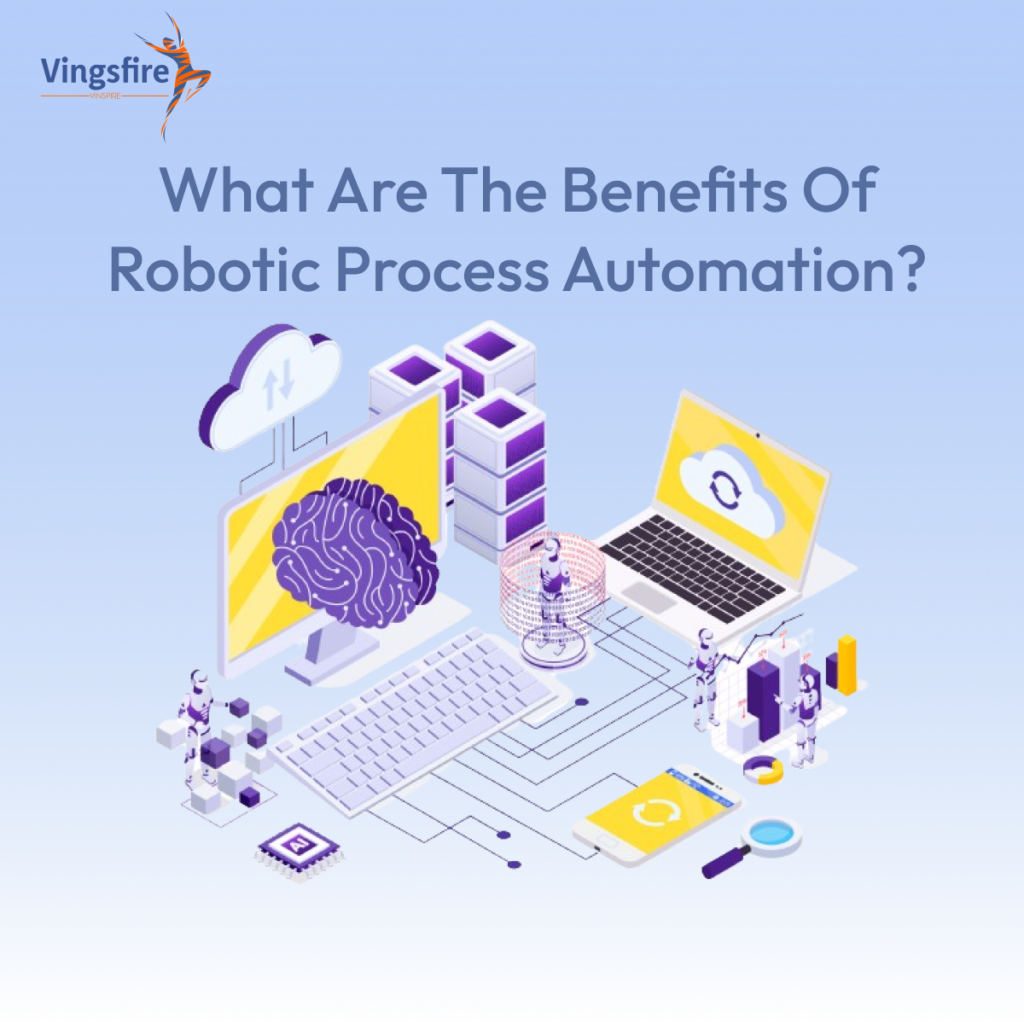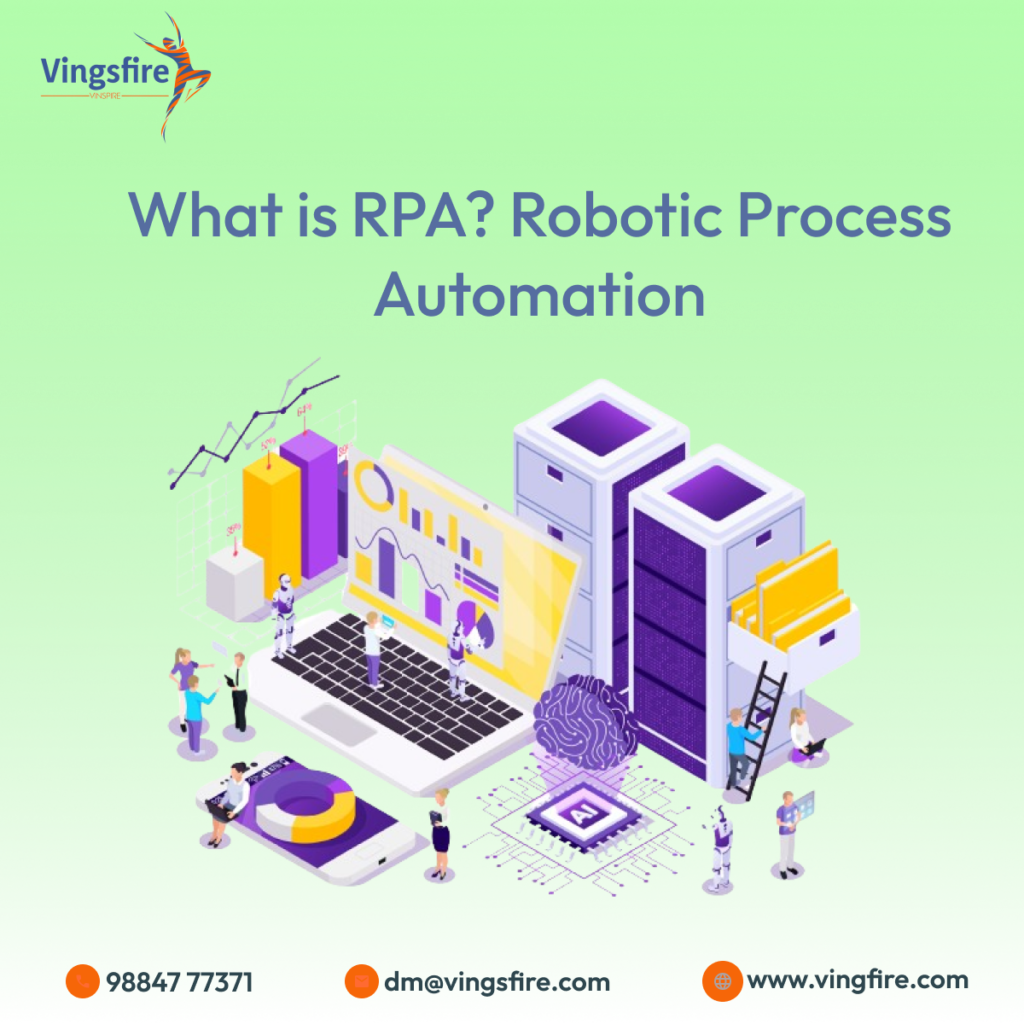Learn More:-
In the ever-evolving landscape of business operations, companies are increasingly turning to Robotic Process Automation (RPA) to streamline their processes, enhance efficiency, and achieve cost savings. RPA, often referred to as the digital workforce, is revolutionizing the way organizations conduct their day-to-day tasks. In this blog, we will delve into the top 10 successful Robotic Process Automation strategies, shedding light on how businesses can harness the power of RPA to optimize their workflows.
1.Strategic Planning for RPA Implementation:
Before diving into the world of RPA, it’s crucial to have a well-defined strategy. This involves identifying the processes suitable for automation, setting realistic goals, and establishing a clear roadmap for implementation. By aligning RPA initiatives with business objectives, companies can maximize the impact of automation.
2.Process Assessment and Optimization:
Conducting a thorough assessment of existing processes is fundamental to successful RPA implementation. Identify repetitive and rule-based tasks that are ideal candidates for automation. Streamlining and optimizing these processes before introducing RPA can further enhance efficiency and ensure seamless automation.
3.Cross-Departmental Collaboration:
RPA is most effective when it spans across multiple departments. Encourage collaboration between different business units to identify opportunities for automation. A holistic approach ensures that RPA addresses the broader organizational needs and brings about transformative change.
4.Employee Training and Involvement:
The success of RPA relies on the collaboration between digital bots and human employees. Providing comprehensive training to the workforce on RPA tools and involving them in the automation process fosters a culture of innovation. Employees can then focus on more strategic, creative, and value-added tasks.
5.Integration with Existing Systems:
Seamless integration of RPA with existing IT infrastructure is crucial for its success. Ensure compatibility with legacy systems and applications to prevent disruptions. A well-integrated RPA solution enhances overall operational efficiency and reduces the likelihood of technical challenges.
6.Scalability and Flexibility:
Opt for an RPA solution that is scalable and flexible. As business needs evolve, the automation platform should be able to adapt accordingly. Scalability ensures that RPA grows with the organization, accommodating increased workloads and additional processes.
7.Continuous Monitoring and Optimization:
Post-implementation, it’s essential to monitor RPA performance continuously. Regularly evaluate the efficiency and effectiveness of automated processes. This ongoing optimization ensures that RPA remains aligned with the organization’s evolving goals and delivers sustained benefits.
8.Security and Compliance:
With automation comes the responsibility of ensuring data security and compliance with industry regulations. Implement robust security measures to safeguard sensitive information processed by RPA bots. Adhering to compliance standards mitigates potential risks and instills confidence in stakeholders.
9.Cost-Benefit Analysis:
Conducting a comprehensive cost-benefit analysis is imperative for justifying RPA investments. Evaluate the return on investment (ROI) by comparing the cost savings and efficiency gains against the initial implementation and operational expenses. This analysis provides insights into the tangible benefits of RPA.
10.Regular Audits and Updates:
As technology evolves, so should your RPA strategy. Regularly audit the automation processes and update RPA tools to leverage the latest advancements. Staying abreast of technological developments ensures that the organization continues to extract maximum value from its RPA initiatives.
Conclusion:
In conclusion, the successful implementation of Robotic Process Automation requires a holistic approach that encompasses strategic planning, process optimization, collaboration, employee involvement, integration, scalability, continuous monitoring, security, cost-benefit analysis, and regular updates. By adopting these top 10 RPA strategies, businesses can unlock the full potential of automation, transforming their operations and achieving sustainable success in an increasingly competitive landscape. Embrace the power of RPA and elevate your organization to new heights of efficiency and innovation.






